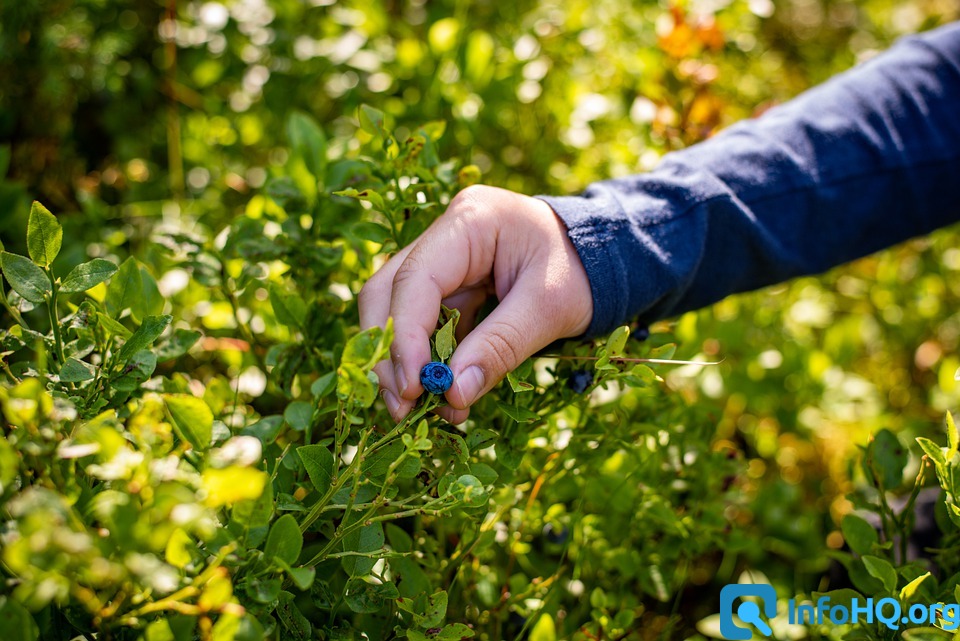
The Benefits of Regular Physical Activity in Children and Adolescents
The Benefits of Regular Physical Activity in Children and Adolescents
Regular physical activity is essential for the overall health and well-being of children and adolescents. Engaging in physical activities not only helps in maintaining a healthy weight but also improves mental health, social skills, and academic performance. In this article, we will discuss the various benefits of regular physical activity in children and adolescents.
Improves Physical Health
– Regular physical activity helps in maintaining a healthy weight and reducing the risk of obesity.
– It strengthens bones and muscles, improving overall physical fitness and stamina.
– Physical activity also reduces the risk of developing chronic diseases such as diabetes, heart disease, and hypertension.
Enhances Mental Health
– Physical activity releases endorphins, also known as “feel-good” hormones, which help in reducing stress, anxiety, and depression.
– It improves sleep patterns, leading to better quality of sleep and overall well-being.
– Engaging in physical activities can boost self-esteem and confidence in children and adolescents.
Develops Social Skills
– Participating in sports and group activities helps in developing teamwork, communication, and leadership skills.
– Children and adolescents learn to interact with peers, make friends, and build lasting relationships through physical activities.
– Physical activity fosters a sense of belonging and community, creating a supportive environment for personal growth.
Boosts Academic Performance
– Research has shown that regular physical activity improves cognitive function, memory, and concentration.
– Physical activities promote brain health, enhancing learning and problem-solving skills in children and adolescents.
– Exercise breaks during studying can improve focus and productivity, leading to better academic performance.
Conclusion
Regular physical activity is crucial for the holistic development of children and adolescents. It not only improves physical health but also enhances mental health, social skills, and academic performance. Encouraging young individuals to engage in physical activities from a young age sets the foundation for a healthy and active lifestyle in the future.
FAQs
1. How much physical activity do children and adolescents need?
Children and adolescents should engage in at least 60 minutes of moderate to vigorous physical activity every day.
2. What are some examples of physical activities for children and adolescents?
Some examples include playing sports, dancing, swimming, cycling, jogging, and yoga.
3. How can parents encourage their children to be physically active?
Parents can lead by example, involve the whole family in physical activities, limit screen time, and provide support and encouragement.
4. Are there any risks associated with physical activity in children and adolescents?
It is essential to ensure that children and adolescents engage in age-appropriate activities and receive proper supervision to prevent injuries.
5. How does physical activity impact academic performance?
Regular physical activity improves cognitive function, memory, and concentration, leading to better academic performance.
With the numerous benefits that physical activity offers, it is important to prioritize and encourage regular exercise in children and adolescents for their overall well-being.



